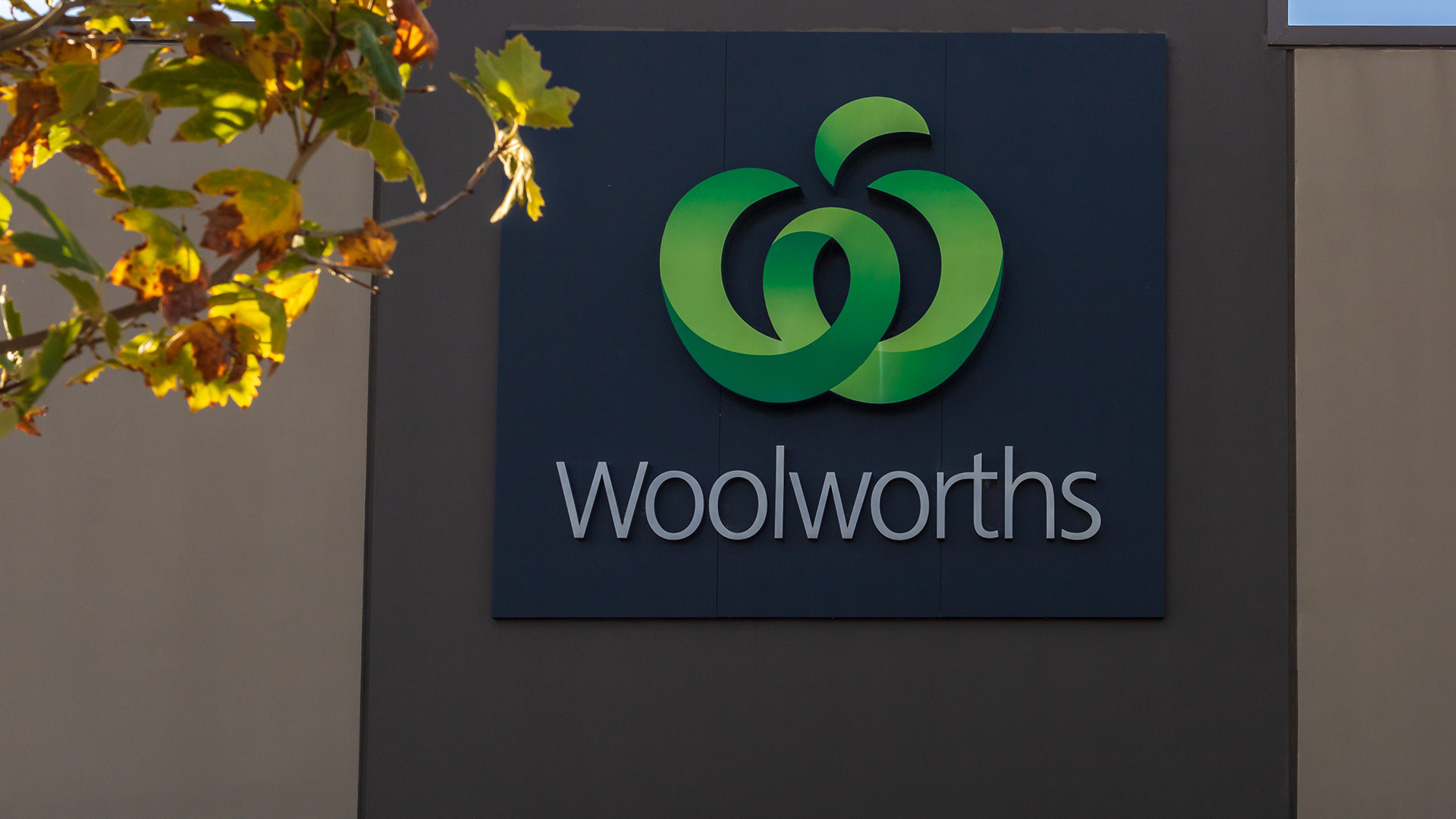And we also had a mixed report card from the Japanese economy yesterday.
Previous reports have confirmed a continuing slowdown in exports and the first yearly trade deficit for years, and yesterday we had a sharper improvement in industrial output in December, but a small rise in unemployment, offset by a rise in consumer spending.
Japanese industrial production rose 4% in December from the previous month, the Ministry of Economy, Trade and Industry said yesterday, as the impact of the flooding in Thailand on Japanese manufacturers, especially car and electronics groups, eased.
For the October-December period, output fell 0.4% from the previous quarter.
That was after a 4.3% jump in the July-September period as the supply chains for parts for cars and electronics recovered after the March 11 earthquake and tsunami.
The government maintained its assessment of production in December, saying output as a whole was flat, but the latest reading was significantly stronger than a 2.9% gain forecast by market economists.
The ministry said the gains came from increases in output of cars, mobile phones and semiconductor manufacturing equipment.
It also said the forecast rise for January industrial output fell to 2.5% from a 3.4% estimate a month ago.
For February the respondents forecast a rise of 1.2% gain in industrial output.
But economists remain cautious about the outlook for Japan’s industrial heartland.
While the figure represents a recovery from the problems caused by the Thai flooding, other issues remain.
These include the continuing impact of the strong yen, weak demand from China and Europe, and rising energy costs as power companies are forced to import tens of billions of dollars of extra coal, oil and LNG to make up for the power shortfall from the shutting of most of the country’s 54 nuclear power stations.
In separate figures released Tuesday, the government said the jobless rate rose slightly to 4.6% from 4.5% in November.
And December household spending was better than forecast, up 0.5% from the same time last year, compared with an expected 0.2% fall.
The improvement in December was after a sharp 3.2% drop was recorded in November.
And, Japan remains in the grip of price deflation.
Figures out last Friday showed headline inflation fell 0.2% in December, the same as in November, and over 2011.
Core consumer prices (all items, less food (less alcoholic beverages) and energy) fell 1.1% from 2010, a further sign of the intense price deflation still gripping the economy.

The current quarterly reports from leading industrial companies such as Honda, Nippon Steel, NEC and Toshiba do not make pleasant reading with weak sales, losses or drops in profit and weak outlooks.
NEC is to cut 10,000 jobs as a result of its weak result, 3,000 in Japan and the rest offshore, as it tries to steady a shrinking business.
These gloomy reports are a sign that the Japanese economy faces a difficult outlook, made harder by the rising yen and higher energy imports, much of which come from Australia and the Middle East.













